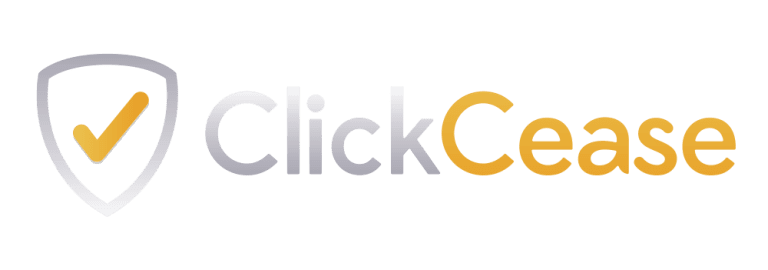Content marketing has often been described as a method of “pulling” rather than “pushing”; your goal, as a business, is is to attract and engage customers by allowing them to make their own decisions about your product or service, rather than trying to sell them on it. Neil Patel and Kathryn Aragon’s Advanced Guide to Content Marketing is a primer of sorts, providing a step-by-step process for drawing in potential clients, providing them with interesting and persuasive information, and convincing them (without the standard “hard sell”) that they need what you’re offering them – and that others need it too.
We’ve singled out their three most salient points below.
1. Optimal balance of quality and quantity in content production: In a previous post, we discussed the importance of quality versus quantity when producing SEO-friendly content. The more original, interesting and properly linked your content is, the happier you’ll make search engines – and the more your site will show up in results.
So yes, quality is more important than sheer quantity, BUT content marketing needs to be a regular investment in order to deliver full impact. It’s not enough to produce high-quality content once a year, since Google’s algorithm involves ranking based on freshness of content.
We recommend that you base your content development frequency on the size of your business:
- For small businesses, update at least quarterly;
- For mid-sized companies, at least monthly;
- For larger corporations, at least bi-monthly;
- For big brands, at least weekly.
Obviously, the more high-quality original content you can generate, the more opportunities you’ll have to draw target customers in by marketing that material, highlighting your areas of expertise.
2. Shareable content: The key to producing material that generates leads from target customers is to create “shareable content” – pieces that audiences find so informative, entertaining, or otherwise inspiring that they’re eager to share it with people they know. That’s when the true power of content marketing really starts to multiply – when a blog post, article or other piece of content is written so well that others essentially do the work promoting it for you, sharing it with their colleagues, friends, and family members in completely organic fashion. So the goal is to create genuinely helpful information related to whatever it is that you offer. No matter how well your piece is written, few people will be inspired to share it if it feels like a blatant advertisement, written for the sole purpose of explaining how wonderful your company is.
Instead, focus on developing objective, informative pieces that highlight your area of expertise or otherwise present target customers with info that they’re interested in reading about. The ideal reaction: “Wow, this piece was really helpful and well-done! Who created it?” A section of attribution at the end will then draw in customers who have appreciated what you’ve presented, to learn more about you and what you can offer for their benefit.
This approach works well because:
- It’s a lot easier to promote objective material in all sorts of different places, because you’re providing helpful information to target audiences, instead of openly self-promoting yourself, which can prompt a lot of backlash; and
- This type of material is a lot more likely to be shared organically with colleagues, friends, and family members. This method carries much greater influence than traditional advertising methods, because the promotion is coming from someone whom the audience knows and trusts. Again, this approach greatly magnifies the impact.
3. Content dissemination: Your work isn’t completely done once you produce your content; you need to spend an equivalent amount of attention distributing it to users who will appreciate it. Consider the proverbial question about whether or not a tree that falls in a forest without anyone to hear it actually makes a sound; if a great piece of content isn’t promoted with equal fervor, its effect is muted.
In this day and age — particularly with the proliferation of social media — there are many different means by which virtually any piece of content can be distributed. These channels include:
- Social bookmarking (a way for users to organize and manage their “bookmarks” – favorite sites and online resources)
- Guest blogging (writing a post on someone else’s blog as a means of gaining exposure for your site or business)
- Blog commenting (done properly on relevant blog posts, it’s a good way to alert target audiences to your presence)
- Forum posting/commenting (as with blog commenting, this is a useful way to make your presence known to potential customers; for example, if you own an organic baby food company, you’ll want to focus on targeted comments within “new parent” forums)
- Content syndication (working with participating sites to have your content placed on them),
- Facebook/Linked In group posting
- Outreach to related websites within your industry
- Video content that is readily shared and easier to consume with limited time
The key is to think about all of the different places that your target audience might visit to find information related to your product or service offering, and then find a way to get your content to appear in as many of these places as possible – in a way that’s as natural as possible.
While there are other techniques and nuances involved in a comprehensive content marketing strategy, these three tenets are the basis on which you can develop a successful campaign. High quality, easily shareable content, updated on a regular basis and spread across a variety of different channels, is the most proven way to generate awareness and acquisition.





